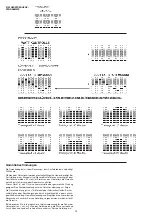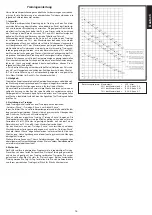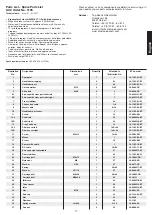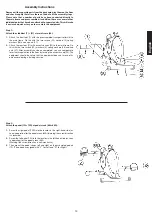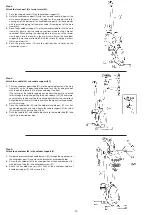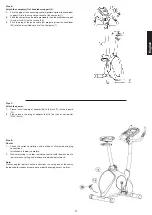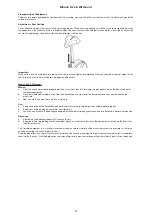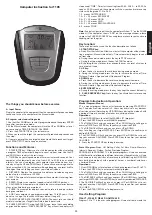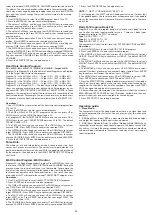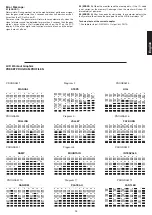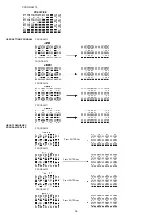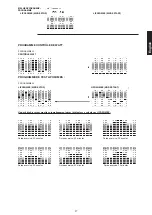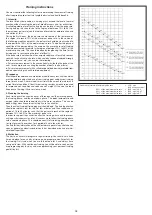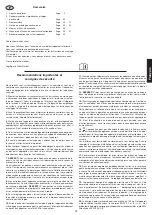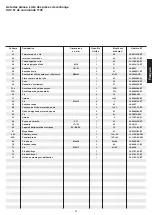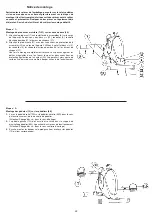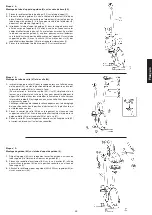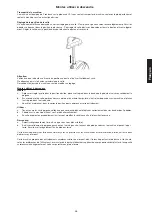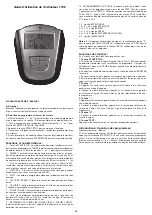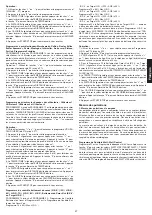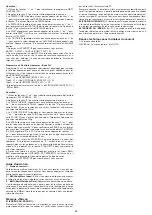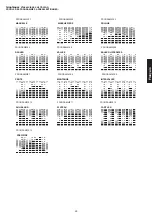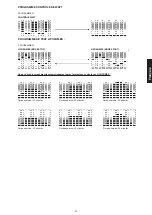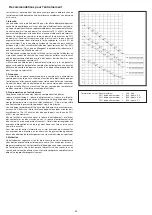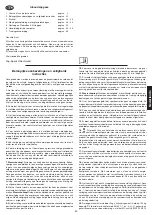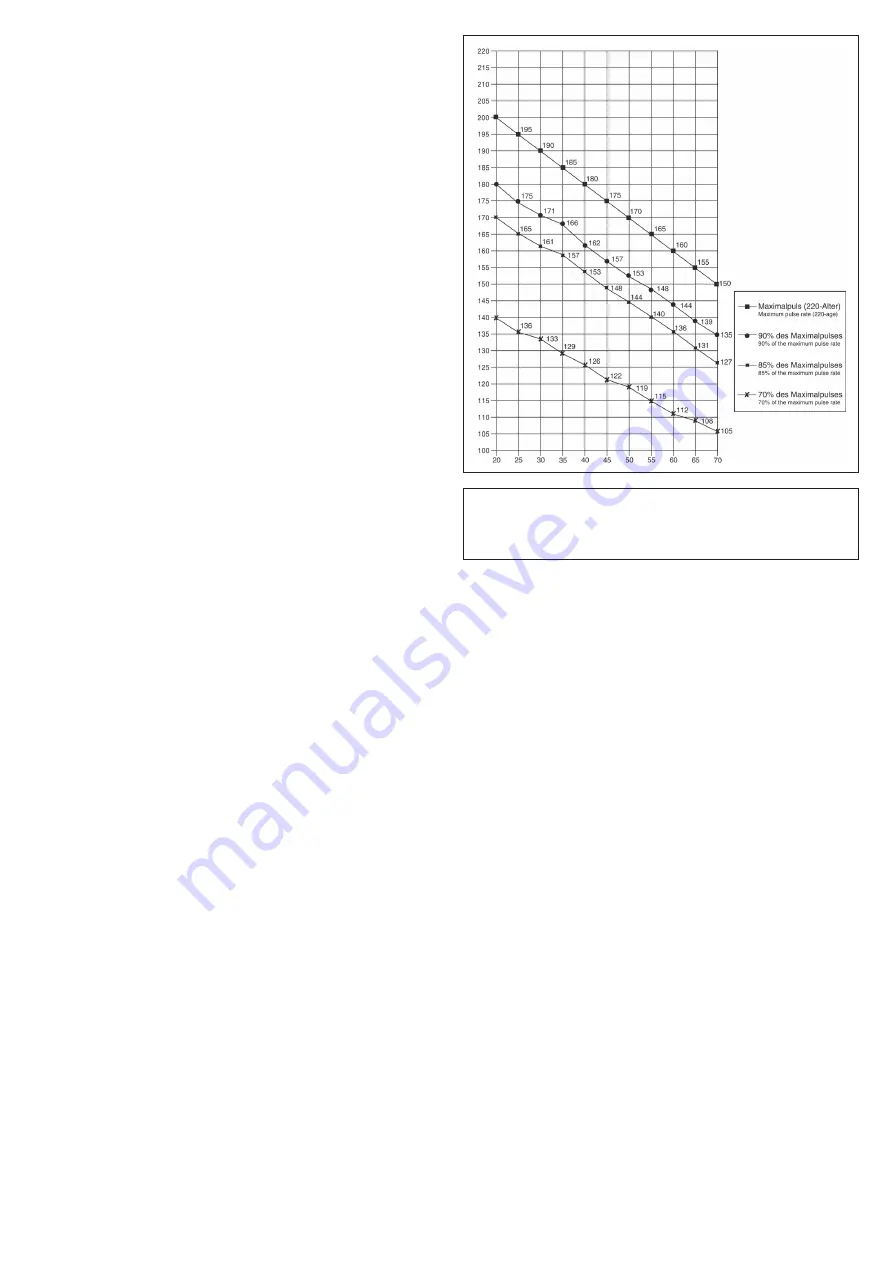
28
Training instructions
You must consider the following factors in determining the amount of training
effort required in order to attain tangible physical and health benefits:
1. Intensity:
The level of physical exertion in training must exceed the level of normal
exertion without reaching the point of breathlessness and / or exhaustion.
A suitable guideline for effective training can be taken from the pulse rate.
During training this should rise to the region of between 70% to 85% of
the maximum pulse rate (see the table and formular for determination and
calculation of this).
During the first weeks, the pulse rate should remain at the lower end of
this region, at around 70% of the maximum pulse rate. In the course of
the following weeks and months, the pulse rate should be slowly raised to
the upper limit of 85% of the maximum pulse rate. The better the physical
condition of the person doing the exercise, the more the level of training
should be encreased to remain in the region of between 70% to 85% of the
maximum pulse rate. This should be done by lengthening the time for the
training and / or encreasing the level of difficulty.
If the pulse rate is not shown on the computer display or if for safety reasons
you wish to check your pulse rate, which could have been displayed wrongly
due to error in use, etc., you can do the following:
a. Pulse rate measurement in the conventional way (feeling the pulse at the
wrist, for example, and counting the number of beats in one minute).
b. Pulse rate measurement with a suitable specialised device (available from
dealers specialising in health-related equipment).
2.Frequency
Most experts recommend a combination of health-conscious nutrition, which
must be determined on the basis of your training goal, and physical training
three times a week. A normal adult must train twice a week to maintain his
current level of condition. At least three training sessions a week are required
to improve one’s condition and reduce one’s weight. Of course the ideal
frequency of training is five sessions a week.
3. Planning the training
Each training session should consist of three phases: the warm-up phase,
the training phase, and the cool-down phase. The body temperature and
oxygen intake should be raised slowly in the warm-up phase. This can be
done with gymnastic exercises lasting five to ten minutes.
Then the actual training (training phase) should begin. The training exertion
should be relatively low for the first few minutes and then raised over a
period of 15 to 30 minutes such that the pulse rate reaches the region of
between 70% to 85% of the maximum pulse rate.
In order to support the circulation after the training phase and to prevent
aching or strained muscles later, it is necessary to follow the training phase
with a cool-down phase. This should be consist of stretching exercises and
/ or light gymnastic exercises for a period of five to ten minutes.
You find further information on the subject warm-up exercises, stretch exer-
cises or general gymnastics exercises in our download area under www.
christopeit-sport.com
4. Motivation
The key to a successful program is regular training. You should set a fixed
time and place for each day of training and prepare yourself mentally for
the training. Only train when you are in the mood for it and always have
your goal in view. With continuous training you will be able to see how you
are progressing day by day and are approaching your personal training
goal bit by bit.
Calculation formula: Maximum pulse rate
= 220 - age
(220 minus your age)
90% of the maximum pulse rate
= (220 - age) x 0.9
85% of the maximum pulse rate
= (220 - age) x 0.85
70% of the maximum pulse rate
= (220 - age) x 0.7
Содержание 1105
Страница 3: ...3 Deutsch ...
Страница 13: ...13 Deutsch BENUTZER PROGRAMME HERZFREQUENZ PROGRAMMPROFILE ...
Страница 71: ...71 ...

